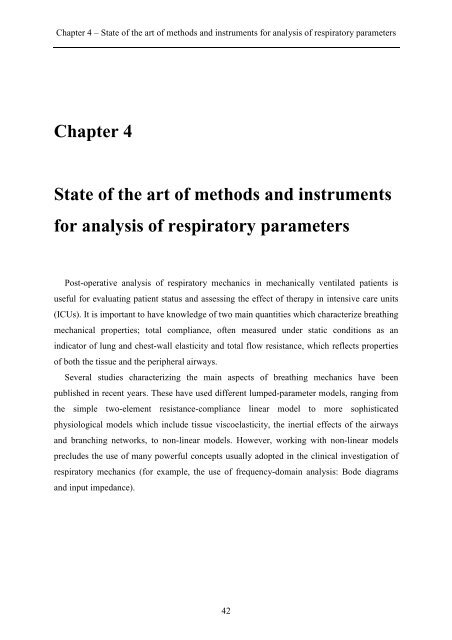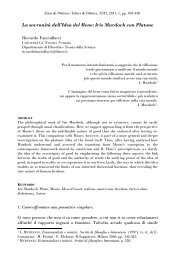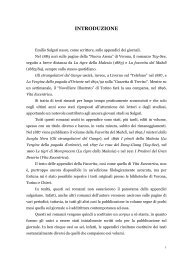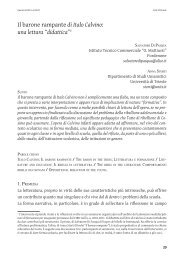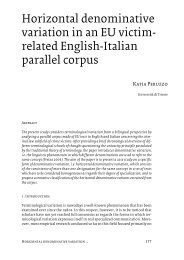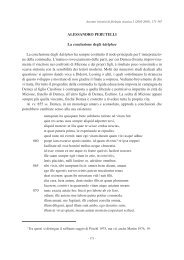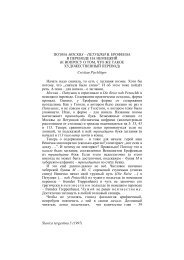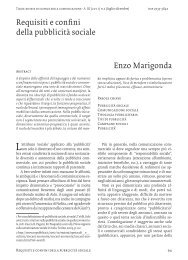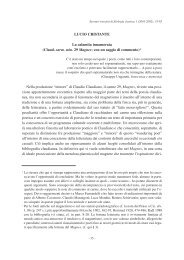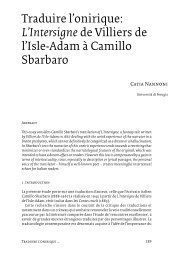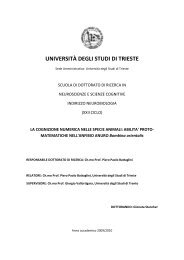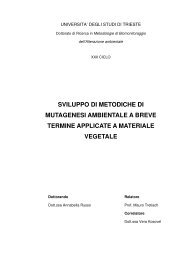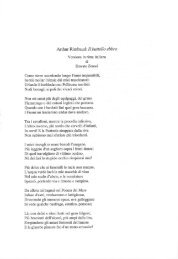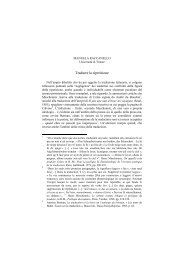UNIVERSITÀ DEGLI STUDI DI TRIESTE - OpenstarTs - Università ...
UNIVERSITÀ DEGLI STUDI DI TRIESTE - OpenstarTs - Università ...
UNIVERSITÀ DEGLI STUDI DI TRIESTE - OpenstarTs - Università ...
Create successful ePaper yourself
Turn your PDF publications into a flip-book with our unique Google optimized e-Paper software.
Chapter 4 – State of the art of methods and instruments for analysis of respiratory parameters<br />
Chapter 4<br />
State of the art of methods and instruments<br />
for analysis of respiratory parameters<br />
Post-operative analysis of respiratory mechanics in mechanically ventilated patients is<br />
useful for evaluating patient status and assessing the effect of therapy in intensive care units<br />
(ICUs). It is important to have knowledge of two main quantities which characterize breathing<br />
mechanical properties; total compliance, often measured under static conditions as an<br />
indicator of lung and chest-wall elasticity and total flow resistance, which reflects properties<br />
of both the tissue and the peripheral airways.<br />
Several studies characterizing the main aspects of breathing mechanics have been<br />
published in recent years. These have used different lumped-parameter models, ranging from<br />
the simple two-element resistance-compliance linear model to more sophisticated<br />
physiological models which include tissue viscoelasticity, the inertial effects of the airways<br />
and branching networks, to non-linear models. However, working with non-linear models<br />
precludes the use of many powerful concepts usually adopted in the clinical investigation of<br />
respiratory mechanics (for example, the use of frequency-domain analysis: Bode diagrams<br />
and input impedance).<br />
42


